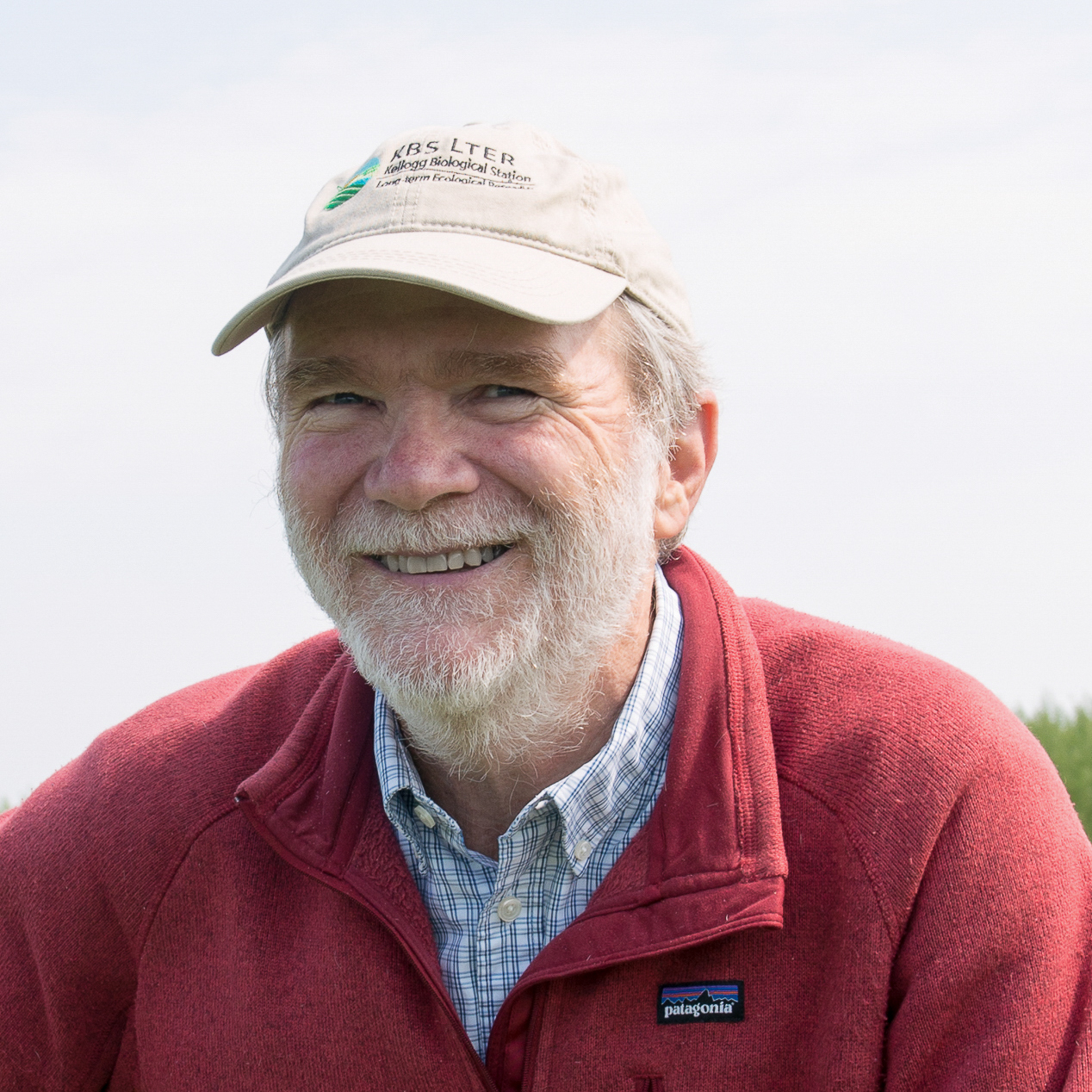Decarbonizing your ride for a more stable climate
Great Lakes Bioenergy Research Center measures the climate benefits of cellulosic biofuels for the first time

EAST LANSING, Mich. – Transportation produces a sizable amount of U.S. greenhouse gas emissions, largely by using petroleum to power internal combustion engines. Other alternatives – such as using cellulosic biomass like grasses to produce drop-in fuels or electricity – could avoid petroleum use altogether and move atmospheric carbon dioxide to soil and geologic storage.
Now, a team of scientists from the Department of Energy’s Great Lakes Bioenergy Research Center, a partnership between Michigan State University (MSU) and the University of Wisconsin–Madison (UW), has shown earlier modeling studies to be right. In a long-term field experiment at MSU’s Kellogg Biological Station and UW’s Arlington Research Station, the team has measured the potential for biomass crops to mitigate climate change by powering either ethanol or electric vehicles.
“We’ve known for some time that cellulosic biofuels should help to decarbonize light vehicle transport,” said Phil Robertson, MSU Distinguished Professor and senior author of the study. “But until now, we’ve lacked the direct experimental evidence to be able to say for certain how much and by which means.”

Long-term comparative field experiments have been lacking.
“Long-term field experiments that include weather extremes such as drought, and actual rather than estimated greenhouse gas emissions, are crucial for stress-testing model assumptions,” said lead author Ilya Gelfand, now senior lecturer at Ben Gurion University of the Negev, Israel.
Decarbonizing vehicle transportation refers to significantly reducing greenhouse gas emissions from vehicles, including eliminating the use of gasoline and diesel. This matters greatly in the global effort to curb rising temperatures. Nearly all mitigation scenarios tested by the Intergovernmental Panel on Climate Change (IPCC) that limit global warming to 1.5 degrees Celsius by 2100 rely on bioenergy crops with carbon capture and storage. This involves converting the carbon in bioenergy crops to carbon dioxide by generating liquid fuels or electricity, and then transferring it to geologic reservoirs.
The study, published in Environmental Science and Technology, examined a number of different biofuel crops grown in Michigan and Wisconsin since 2008 to test their potential to mitigate global warming when used for either ethanol or electricity.
“Despite being grown on very different soils and with natural climate variability, all crops we tested had a very significant mitigation capacity,” said Gelfand. “When results are extrapolated to the area that is expected to be devoted to bioenergy crops in the future, these crops could provide a very significant portion of the mitigation needed to curb global warming.”
Many of the Michigan crops did as well as the crops grown on the Wisconsin site, which is actually more fertile than the one in Michigan.
“The perennial crops seem to even out the differences between these sites despite the fertility differences, which is significant because it means that we’re likely to be able to put these crops on marginal lands and still get high productivity,” Gelfand said.
Robertson said the next steps are to assess other environmental and economic aspects of bioenergy crops.
“We want to make sure that we are growing these crops in a way that promotes environmental quality in general,” he said. “For example, we don’t want to add more nitrogen or pesticides to the environment, and we want to promote biodiversity. The best biofuel crops will be conservation friendly and economically attractive to farmers in addition to helping avoid climate change.”



 Print
Print Email
Email


